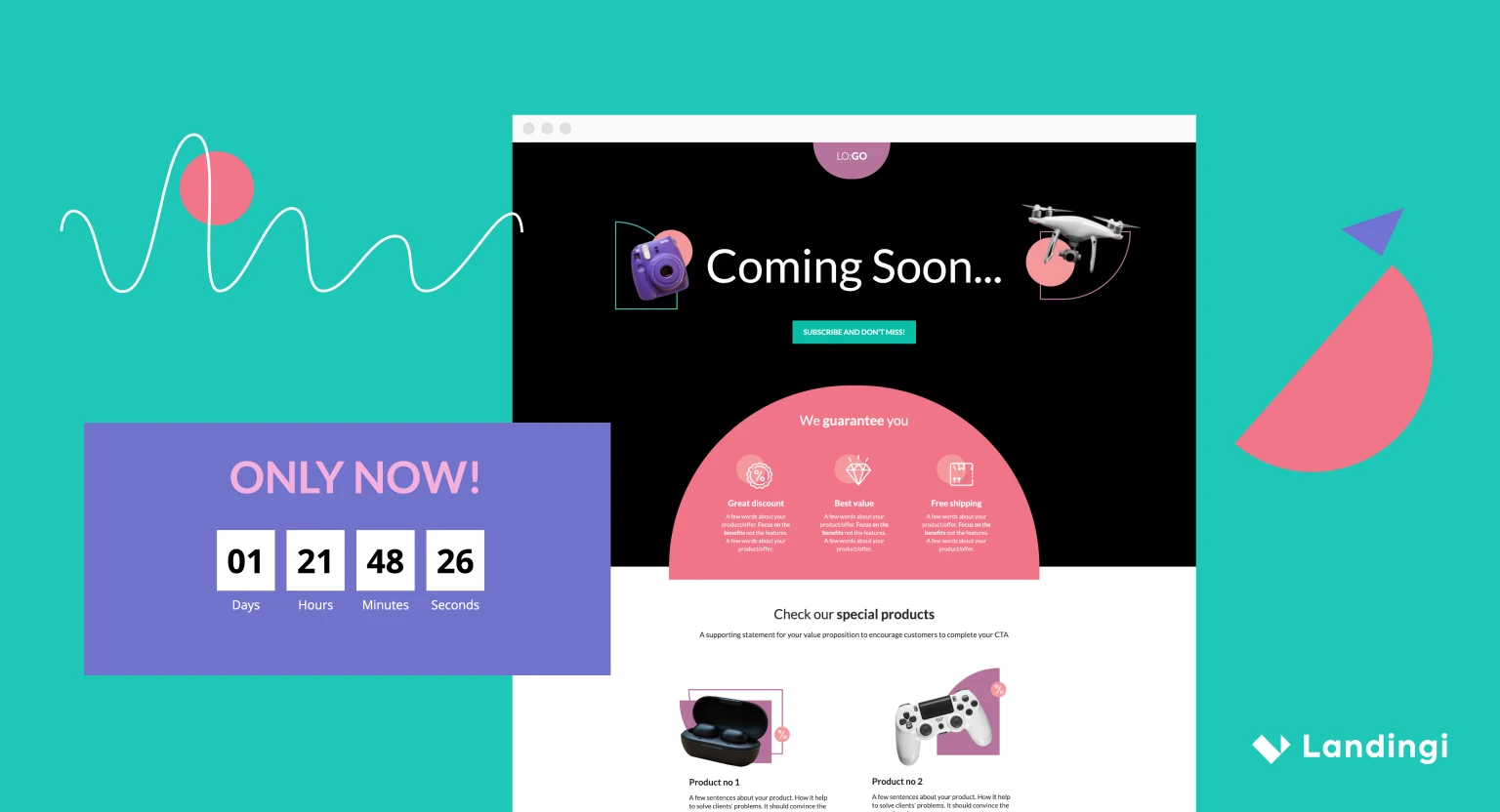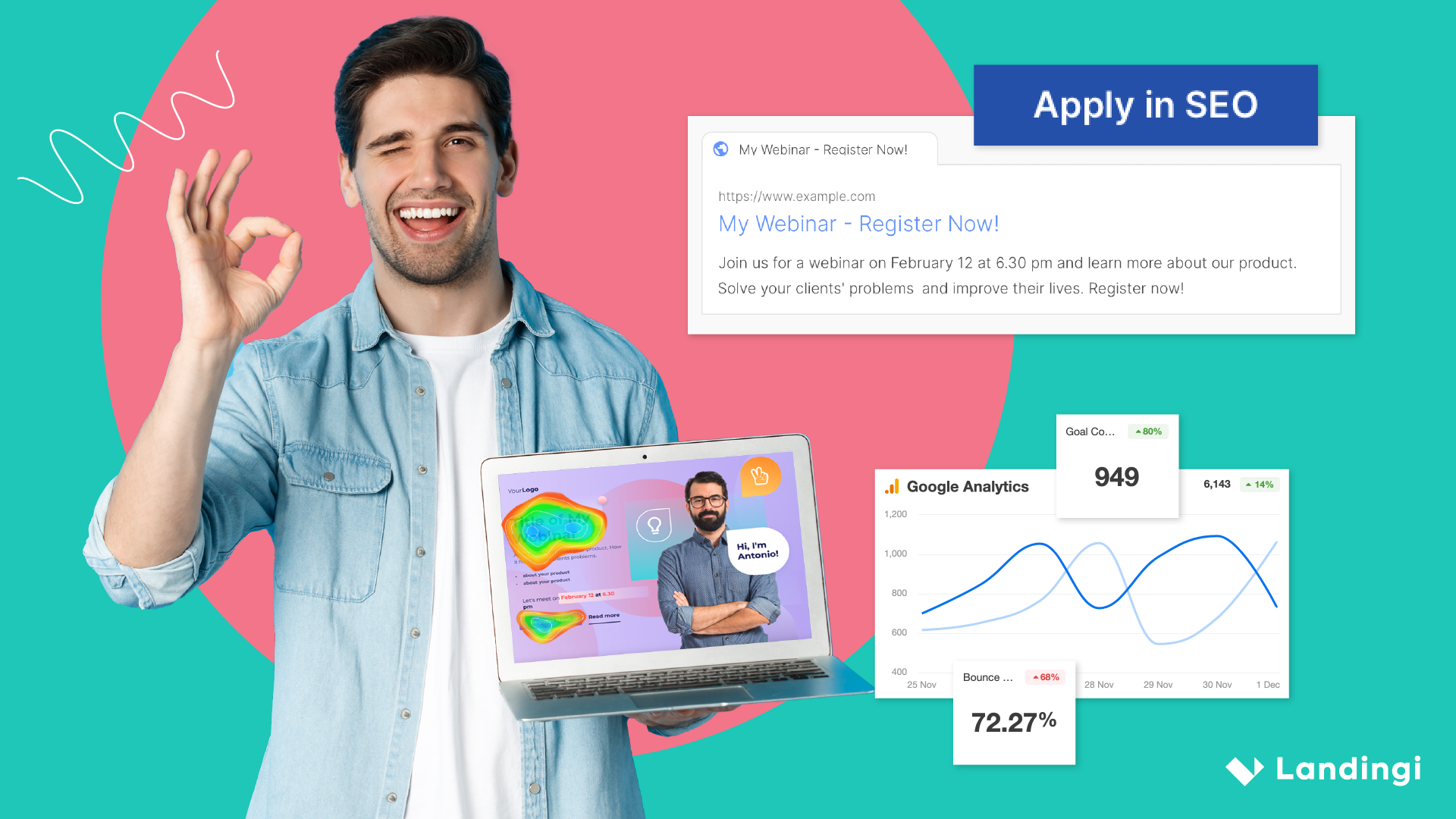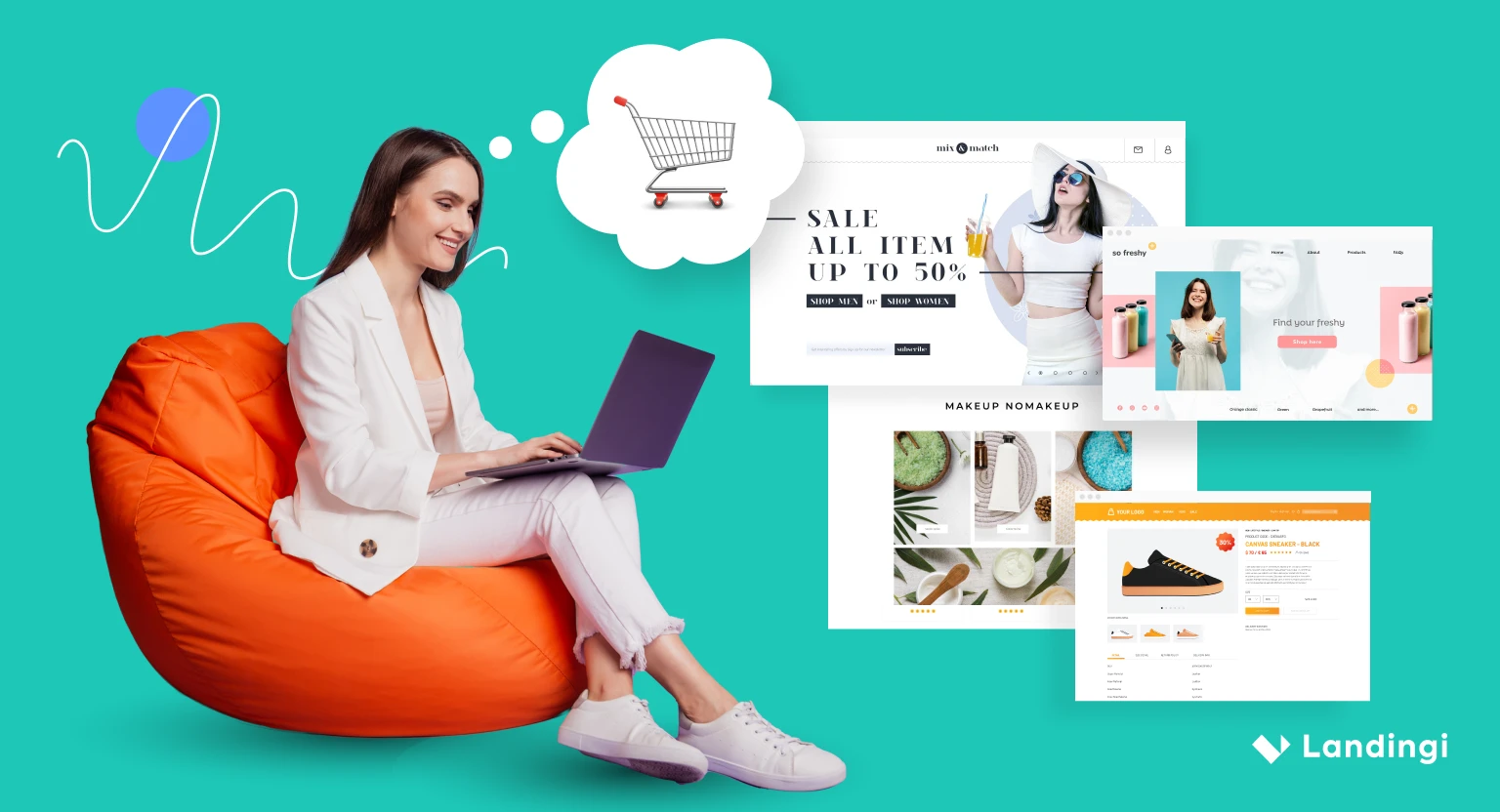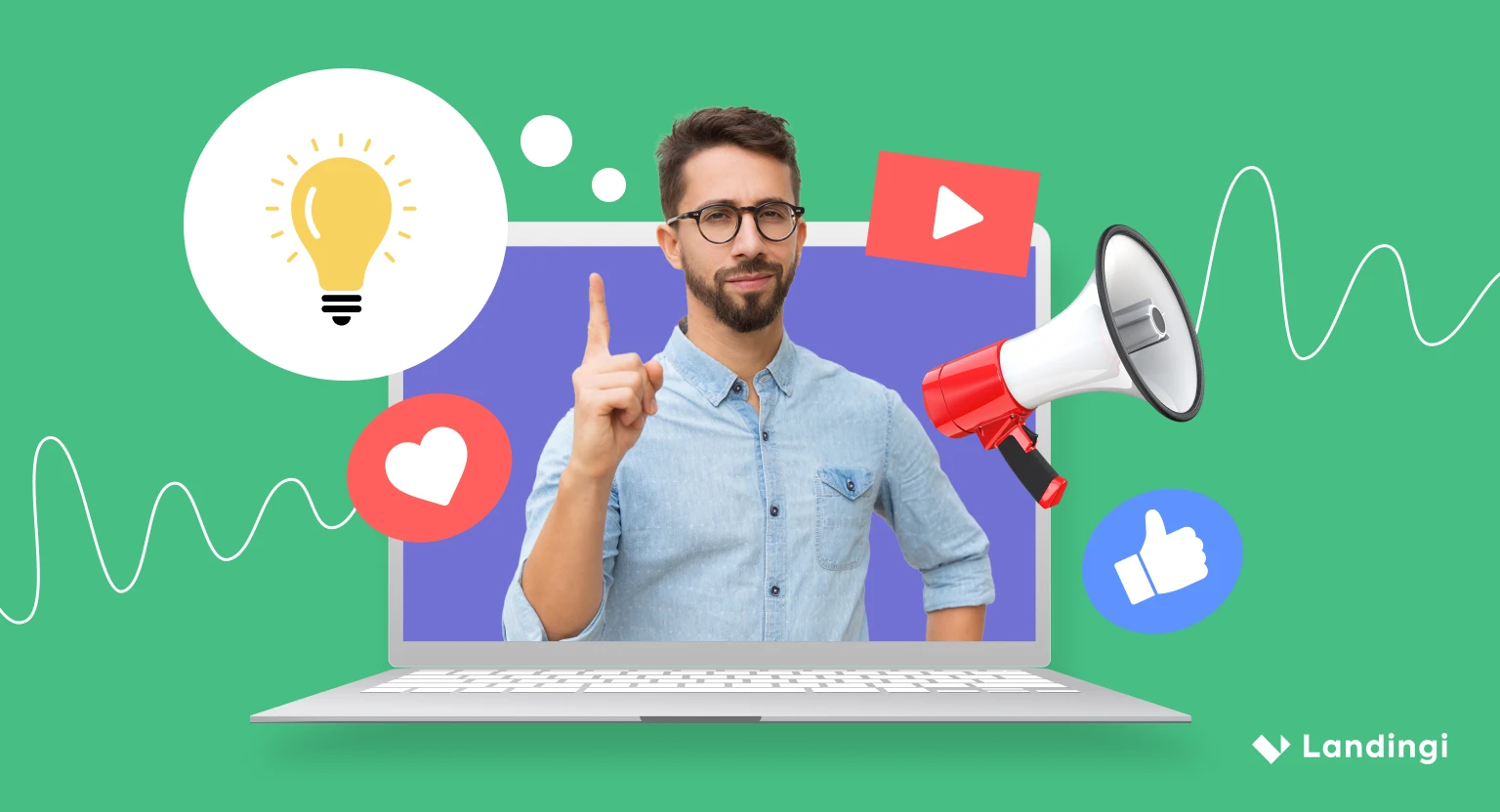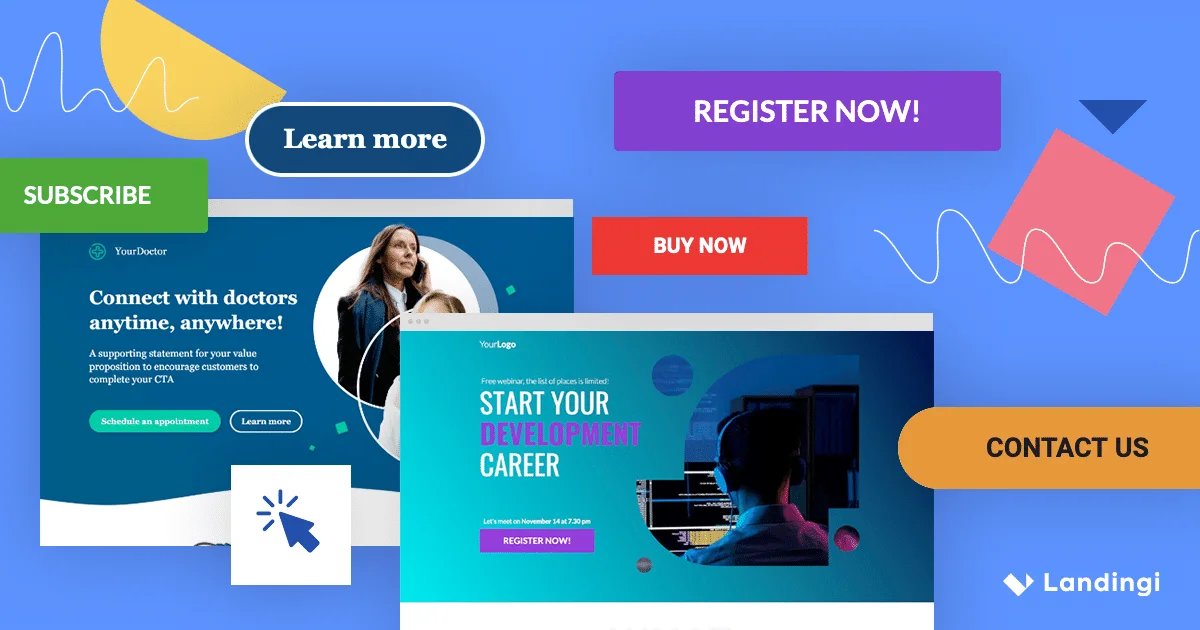Creating a sense of anticipation may change everything for your marketing strategy.
You can boost your conversion rates by engaging your audience as well as getting them to act – buy, sign in to the newsletter, visit the website, and more.
Anticipation steps may range from little teasers to big reveals – whatever you like. However, each step needs to be thoughtfully designed to keep the audience interested. A well-planned anticipation strategy can turn simple curiosity into a strong commitment.
Keep reading to know how to build anticipation, what types of anticipation there are, and real-life examples.
Key Takeaways:
- Anticipation in marketing creates consumer excitement and eagerness, significantly influencing their behavior and engagement with the brand.
- Using anticipation strategically increases conversion rates by inducing urgency and prompting quicker consumer decisions.
- Techniques such as teasers, storytelling, and limited-time offers effectively build consumer anticipation, leading to increased engagement and interest.
- It’s crucial to balance anticipation with actual product quality; overhyping can lead to disappointment, so transparency and realistic portrayal are key.
Make your sections smartable and let go of mundane manual tasks with Smart Sections! An easy way to manage bulk changes.
What is Anticipation?
Anticipation is the emotional state of eagerly awaiting something. In marketing, it can be defined more strictly as “>a mental process by which consumers consider the physical, experiential, social, emotional or behavioural consumption outcomes that are expected to accrue to the self from a yet-to-be-realised consumption decision or experience” (T. Vichiengior, C-L Ackermann, A. Palmer, Consumer anticipation: antecedents, processes and outcomes, 2019).
It’s a psychological trigger that can have a huge effect on consumer behavior. Marketers consider it an integral element in marketing strategies.
What is “Building Anticipation” in the Context of Marketing?
Building anticipation refers to the strategic creation of excitement and urgency around a product, service, or event. Marketers capture the audience’s attention and make them more likely to engage with the brand or make a purchase.
Marketers can give little hints or sneak peeks to create interest. It makes people want to interact with the website, making the conversion rates go high.
What are Conversion Rates?
Conversion rates are the percentage of visitors to a website or users of an app who take a specific action. It may be making a purchase or signing up for a newsletter, and it serves as a key performance indicator for businesses.

How Anticipation Affects Consumer Behavior
Anticipation might be a successful tool in influencing how consumers interact with your brand. It can make your offers more intriguing and encourage more people to take the desired action. As a result, it may positively influence conversion rates.
What is the Psychology Behind Anticipation?
The psychological basis of anticipation lies in how it triggers the brain’s release of dopamine, a chemical that makes us feel satisfied. The dopamine release heightens a consumer’s interest and engagement. When people feel this burst of pleasure from anticipating something, they’re more inclined to buy, which is great for businesses. That is why marketers often try to generate expectancy and eagerness around their products.
What is the Feeling of Anticipation?
Anticipation is a mix of excitement, curiosity, and sometimes even a bit of anxiety. It’s an emotional cocktail that keeps consumers on the edge of their seats. Then, they are more receptive to marketing messages.
Can Building Anticipation Directly Boost Conversion Rates?
Yes. Fostering anticipation creates a sense of urgency and makes the offer more attractive. A higher emotional state may facilitate faster decision-making and a greater likelihood of purchasing.
On top of that, using AI ad generators can boost conversion rates even more.
Creating ads that are targeted attracts potential customers and boosts the chances of turning them into actual buyers.
Video makers like Renderforest will also help. There are multiple strategies to use to create ads with these tools.
For example:
- storytelling,
- creating eye-catching content,
- highlighting key benefits and features,
- using compelling calls-to-action,
- making use of social proof and customer testimonials.
Videos that grab attention and clearly show what’s special and valuable about a product or service make people interact with your brand.
Why Should I Build Anticipation?
Building excitement for something new might get more people interested, make their experience better, and lead to more sales. It may be explained by the famous quote by Craig Bruce: “You usually have to wait for that which is worth waiting for“. Here is why the anticipation strategy has the power to set your brand apart in a crowded market and give you a competitive edge.
How to Build Anticipation?
It isn’t just hype. It’s crafting a narrative that resonates with your audience.
Here are some effective ways to do it:
Teasers and Pre-launch Campaigns
Teasers and pre-launch campaigns generate excitement by releasing just enough information to spark curiosity, but not enough to satisfy it.
These campaigns can be executed across various platforms, like social media, mass email marketing, partnerships with influencers, and even through your website if you set up a pre-order option for customers to promote and gauge interest.
An example of a teaser campaign by Nike:

Limited-time Offers and Countdowns
Instill a sense of urgency that prompts action with limited-time offers and countdown timers. Such tactics work during holiday seasons or special events, like Black Friday, when consumers are already in a buying mood.
An example of a Black Friday offer countdown by Smartsupp:
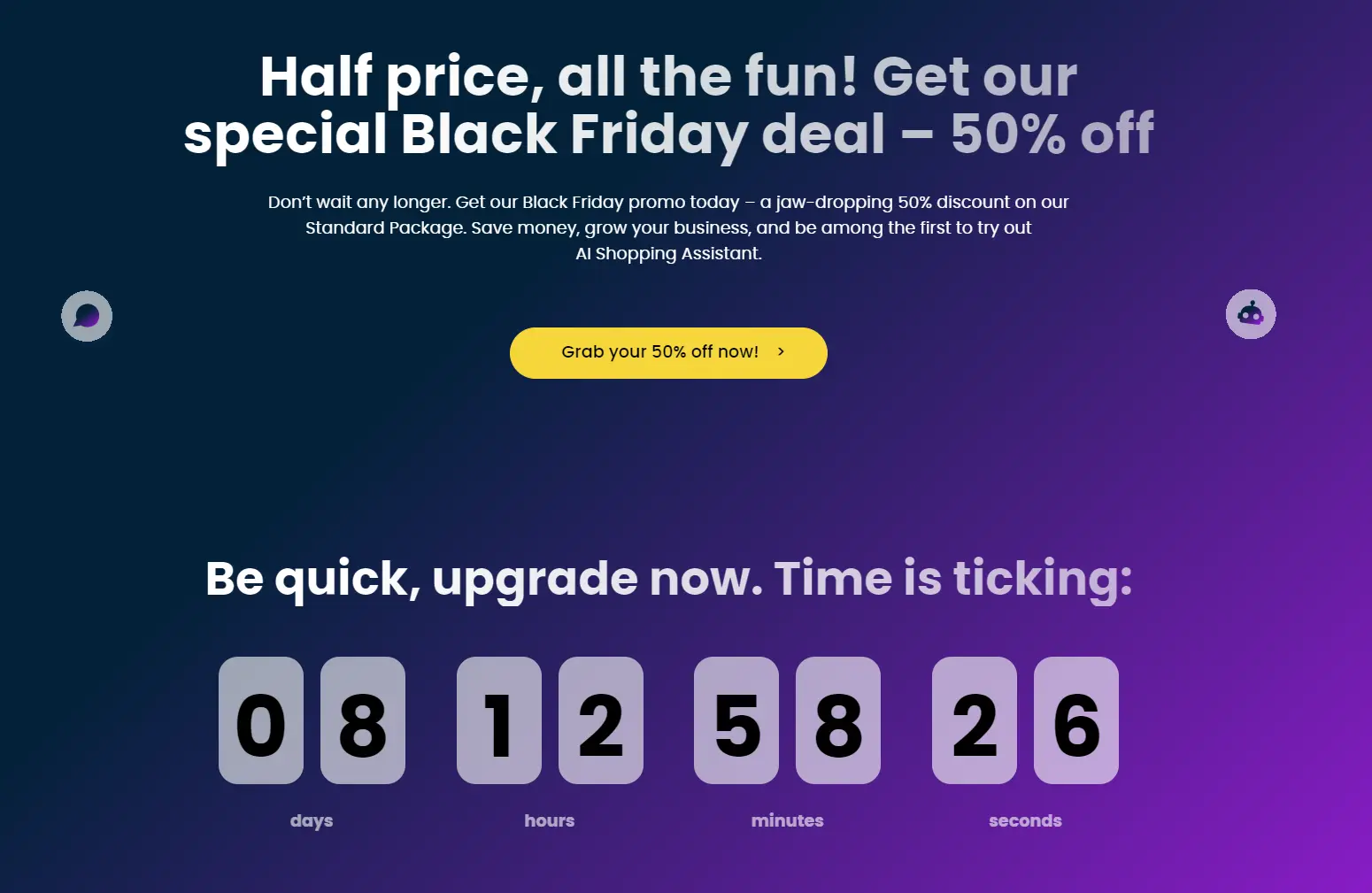
✔️ But remember that a good landing page matters too. It’s often the first thing people see about your product or event, setting the initial tone and grabbing their attention. So, use Landingi, a solid landing page builder, to build one that sparks interest and joy in visitors. To create a sense of urgency, you can easily supplement it with a counter widget like in the example above.
See the templates or build from scratch.
Storytelling and Content Drip
Storytelling and content drip strategies can keep readers or viewers on their toes until a big reveal or launch. You’ll build anticipation and deepen your brand’s relationship with the audience. Then, once launched, the product is more expected to be bought, increasing the overall CR.
An example of a storytelling campaign by Airbnb:
How Can I Increase Conversion Rate with Building Anticipation?
Igniting curiosity through anticipation can improve the conversion rate by creating and promoting of a compelling narrative around your product. It should encourage more users to convert. Such an approach can be most beneficial when combined with data-driven insights to tailor the strategy to your target audience.
What is an Example of Anticipation in Marketing?
Real-world examples may provide valuable insights into how anticipation works in marketing and how it boosts conversions. One classic case is Apple’s product launches, which often result in record-breaking sales.
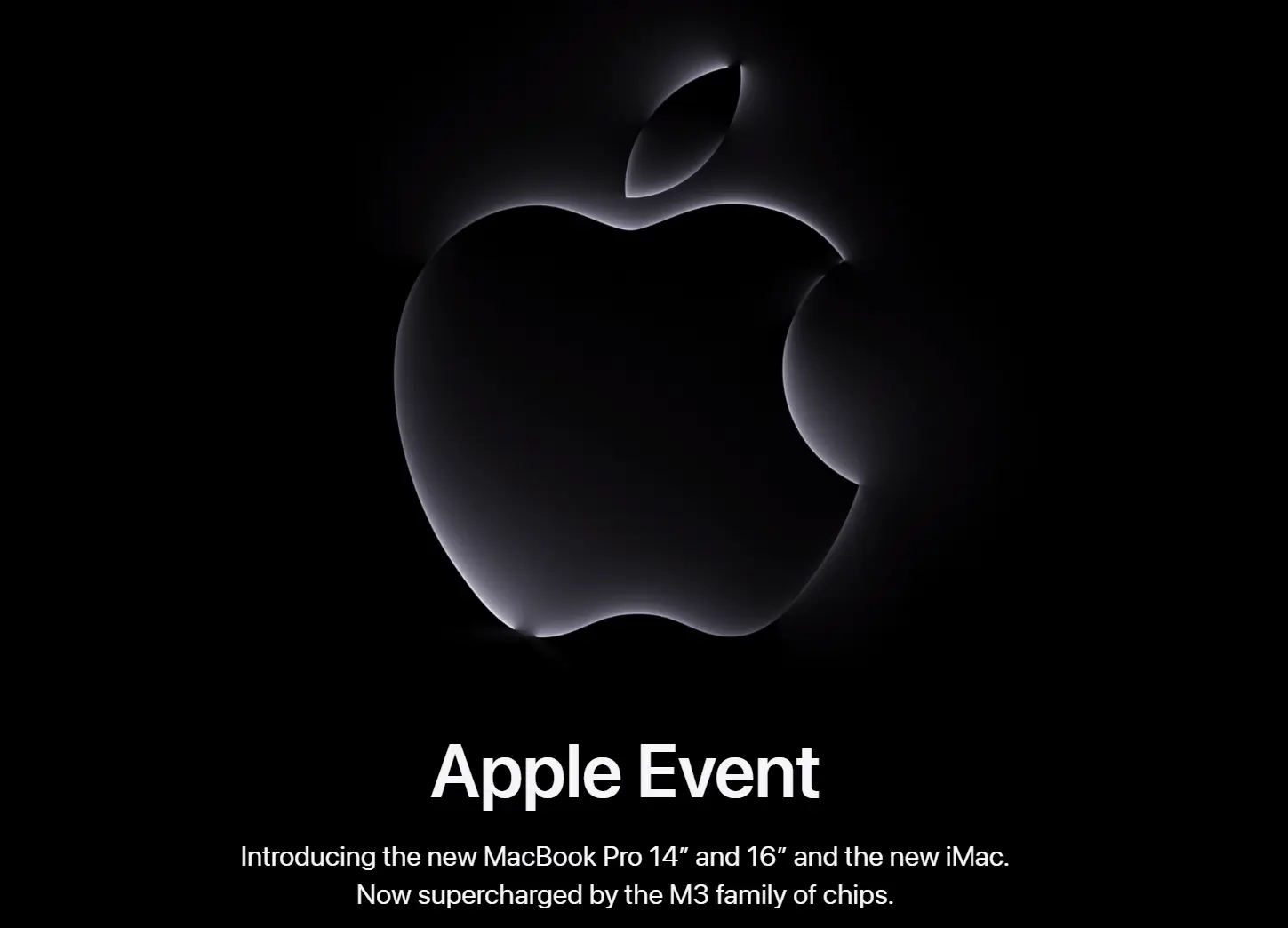
What is an Example of Increasing Conversion Rate by Building Anticipation?
Apple’s product launches serve as a prime example. The buzz generated through strategic leaks, countdowns, and teasers often results in record-breaking sales and high conversion rates.
An example of a teaser campaign by Apple:
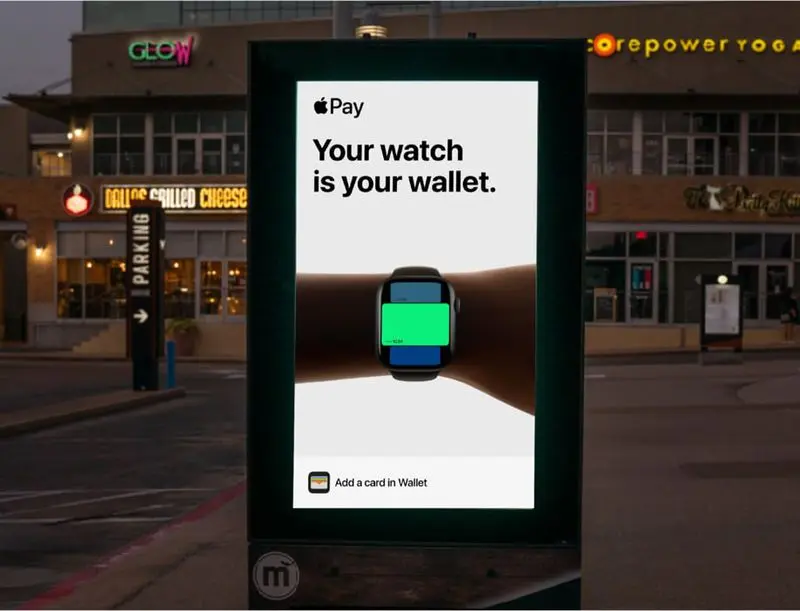
What are the Types of Anticipation?
Understanding the different types of anticipation will help you tailor your marketing strategies more effectively and make your CR rises more remarkable.
See what they are:
-
Product-based Anticipation
When you focus on new releases or updates to existing products, it is a product-based campaign. This anticipation type built into the product development strategy is often seen in the tech industry, where companies like Apple and Samsung generate interest well before the launch of a new device.
If you have beautifully designed products, consider investing in high-quality product photography to showcase them and add an extra layer of excitement.
-
Event-based Anticipation
The concept of event-based anticipation revolves around an upcoming event, such as a concert or webinar. The goal is to create excitement and urgency to encourage attendance or participation, often using teasers or exclusive previews as bait.
-
Offer-based Anticipation
Black Friday sales or seasonal sales are examples of deal-based anticipation. Consumers are driven to purchase because they fear missing out on the deal.
Building Anticipation: FAQ
Any questions? Maybe the answer is already there.
Is There Scientific Evidence Supporting the Impact of Anticipation on Purchasing Decisions?
Yes, various psychological studies have shown that anticipation can positively influence purchasing behavior.
Which Industries Benefit the Most from Building Anticipation?
Entertainment, tech, and retail industries often see the most benefit.
Let’s take entertainment as an example, so movies and games, and tech, like new gadgets. They get a big boost because people love to get excited about the next big releases.
Which is More Effective: Building Anticipation or Offering Discounts?
Building anticipation and offering discounts are both good ways to sell things, but they work differently. Anticipation gets people excited and interested for a longer time. Discounts can increase sales fast, but the excitement might not last.
How Does Building Anticipation Differ Between B2B and B2C Markets?
In B2B, the focus is often on long-term value and partnerships, while in B2C, it’s more about immediate engagement and sales.
How Do Major Brands Leverage Anticipation for Product Launches?
Major brands often use a mix of social media teasers, influencer partnerships, and exclusive previews.
What Role Does Social Media Play in Building Anticipation?
Social media is a must for disseminating teasers, countdowns, and engaging with the audience in real time.
What’s the Relationship Between Building Anticipation and Customer Loyalty?
Building anticipation can enhance customer loyalty by keeping the audience engaged and making them feel valued. It spreads the word fast and gets lots of people talking and sharing info.
Also, social media lets companies talk directly to customers, making them feel closer to the brand and more interested in what’s being promoted. For example, by auto replying to comments on Facebook and other platforms.
How Can Startups Use Anticipation Without a Large Marketing Budget?
Startups can leverage social media and cold email marketing for low-cost anticipation-building strategies.
Using user-generated content is a good example here. Your audience shares their own material, like photos or stories, so excitement is spread naturally without spending any money.
In What Ways Can Building Anticipation Backfire, and How Can Brands Recover?
Overhyping a product that doesn’t deliver may bring disappointment. Transparency and quick action will help the recovery process.
How Does the Concept of “Fear of Missing Out (FOMO)” Relate to Building Anticipation?
FOMO is a driver that makes people take action so they don’t miss out. For example, time-limited offers and countdown timers might cause FOMO.

